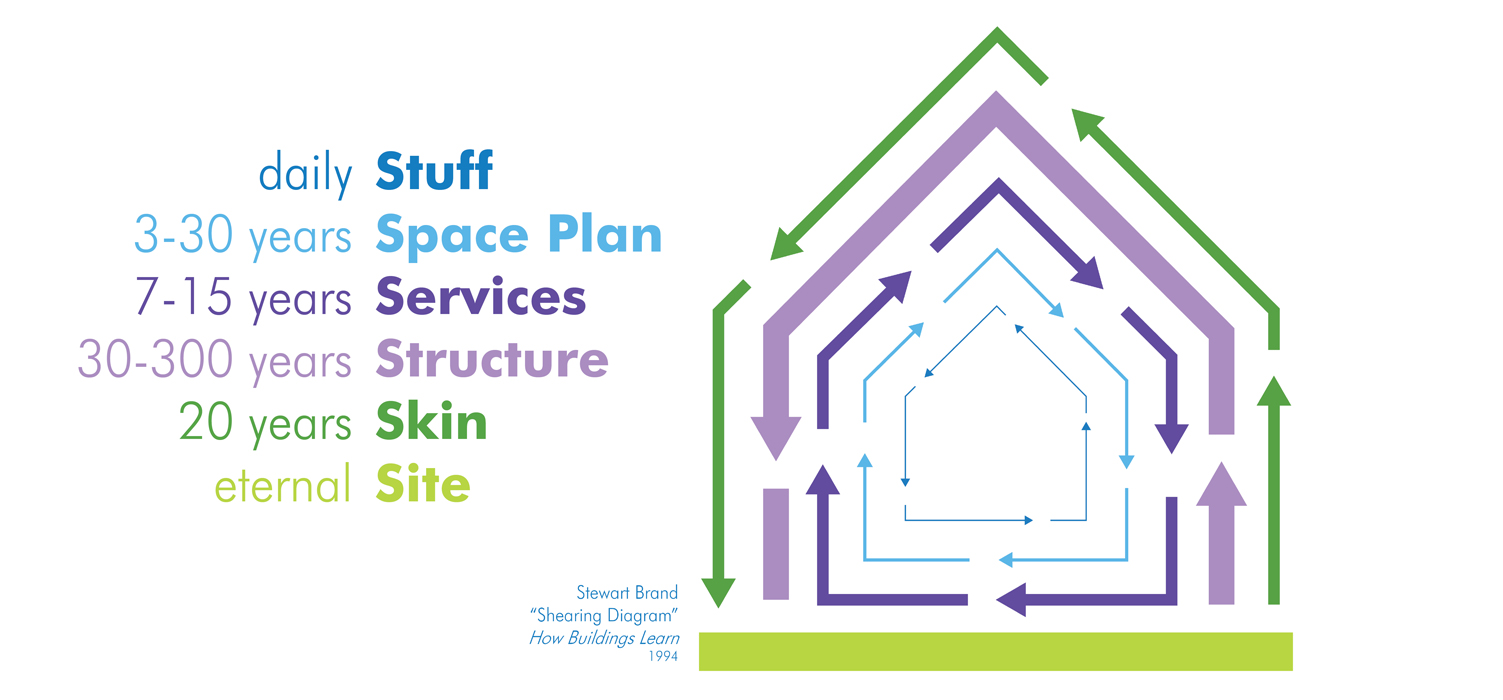How Does Architecture Respond To The Principles Of Adaptive Reuse?

Adaptive Reuse is the process of upgrading, altering, or reusing an existing structure for a purpose other than which it was originally intended. In this article, we will explore how adaptive reuse can be beneficial for commercial architecture.
Why Adaptive Reuse is Important?
Adaptive reuse is important as it provides a sustainable and cost-effective solution for repurposing an existing site. It promotes the preservation of architectural heritage and contributes to environmental sustainability. Adaptive reuse not only reduces the amount of waste produced but also saves energy and resources that would have been expended in the construction of new buildings.
Furthermore, adaptive reuse can help revitalize communities by adding character, promoting walkability, and creating community gathering spaces. With the right design and execution, adaptive reuse can transform an outdated building into a vibrant, thriving space that benefits the local community.
The Benefits of Adaptive Reuse for Commercial Architecture
Here are some of the benefits that come with adaptive reuse:
1. Reduced Costs
Adaptive reuse is often more cost-effective than new construction. The cost of reusing an existing structure is typically less than demolishing and constructing a new building from scratch. In addition, the reuse of existing materials and infrastructure can save costs on new materials and systems.
2. Faster Completion Times
Adaptive reuse projects tend to have shorter completion times than new construction projects because the core structure is already in place. This means that developers can complete adaptive reuse projects quickly and lease or sell the space sooner.
3. Increased Sustainability
Adaptive reuse is an excellent way of promoting sustainability in commercial architecture. The reuse of existing structures saves energy and resources that would have been expended in new construction. Furthermore, adaptive reuse reduces waste and promotes environmental sustainability.
4. Preserving Architectural Heritage
Adaptive reuse enables developers to preserve and maintain historical and architecturally significant buildings. These structures add character to communities and contribute to the preservation of cultural heritage.
5. Creating Unique Spaces
Adaptive reuse provides opportunities for developers to create unique spaces that stand out from standard new construction. Repurposing an existing structure requires creative solutions to adapt the building to its new use. By doing so, developers can create a unique, attractive space with its own character and charm.
6. Promoting Walkability
Adaptive reuse projects can promote walkability by repurposing existing structures in urban areas. By transforming a dilapidated building into an attractive, vibrant space, developers can create a destination that attracts pedestrians and encourages foot traffic.
FAQs
What types of buildings are suitable for adaptive reuse?
Any building can be repurposed if it is structurally sound and meets the necessary building codes. However, buildings that are particularly suitable for adaptive reuse include factories, warehouses, and schools.
How do I get started with an adaptive reuse project?
The first step is to find a suitable location for the project. Look for a building that has architectural and historical significance or is in a prime location. Then, work with a team of architects, engineers, and contractors to assess the building's feasibility for the intended use and develop a design plan.
How long does an adaptive reuse project take to complete?
The length of an adaptive reuse project depends on several factors, including the size and complexity of the building, the intended use, and the scope of the renovation. However, adaptive reuse projects tend to have shorter completion times than new construction projects because the core structure is already in place.
What are some examples of successful adaptive reuse projects?
Some examples of successful adaptive reuse projects include the High Line in New York City, which transformed an abandoned railroad into an elevated park, the Tate Modern in London, which converted a power station into a renowned art museum, and the Tabernacle in Atlanta, which repurposed a church into a music venue.
How can adaptive reuse benefit the local community?
Adaptive reuse projects can benefit the local community by revitalizing abandoned or underutilized buildings, promoting walkability and community interaction, and creating unique spaces that attract foot traffic and stimulate economic growth.
Is adaptive reuse always a better solution than new construction?
While adaptive reuse has several benefits, it is not always the best solution for every project. In some cases, new construction may be the better option due to factors such as available space, the intended use, and the building codes and regulations.
How can I assess if an adaptive reuse project is feasible?
To assess if an adaptive reuse project is feasible, you should consider factors such as the building's structural integrity, its location and accessibility, the intended use, and the cost and timeline of the project. Work with a team of experts to conduct a feasibility study and assess the viability of the project.
What are the disadvantages of adaptive reuse?
One disadvantage of adaptive reuse is that it may be more challenging to repurpose the building compared to new construction. The existing structure may not be suitable for the intended use, and there may be limitations on the space available. Additionally, the renovation may require costly upgrades to the existing infrastructure and systems.
What are some popular adaptations for commercial buildings?
Some popular adaptations for commercial buildings include converting warehouses into loft apartments, transforming schools into senior living facilities, and repurposing factories into office or retail spaces.
Conclusion
Adaptive reuse is an excellent way of promoting sustainability, preserving architectural heritage, and reinvigorating communities. By transforming outdated or underutilized buildings into unique and vibrant spaces, developers can create attractive destinations that benefit the local community while promoting economic growth.
Whether you are a developer, investor, or designer, considering adaptive reuse might be an excellent solution for your next project.



Post a Comment for "How Does Architecture Respond To The Principles Of Adaptive Reuse?"